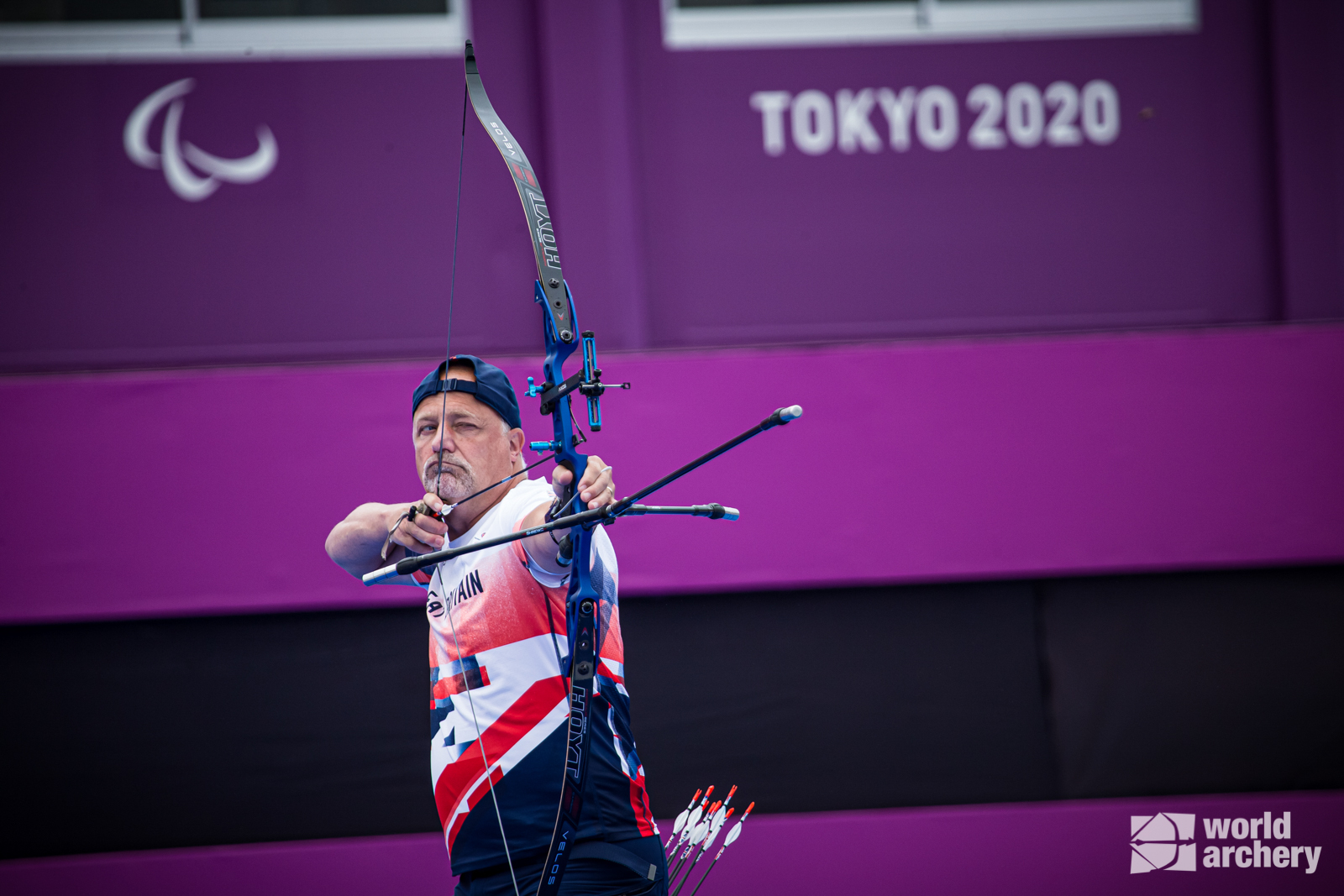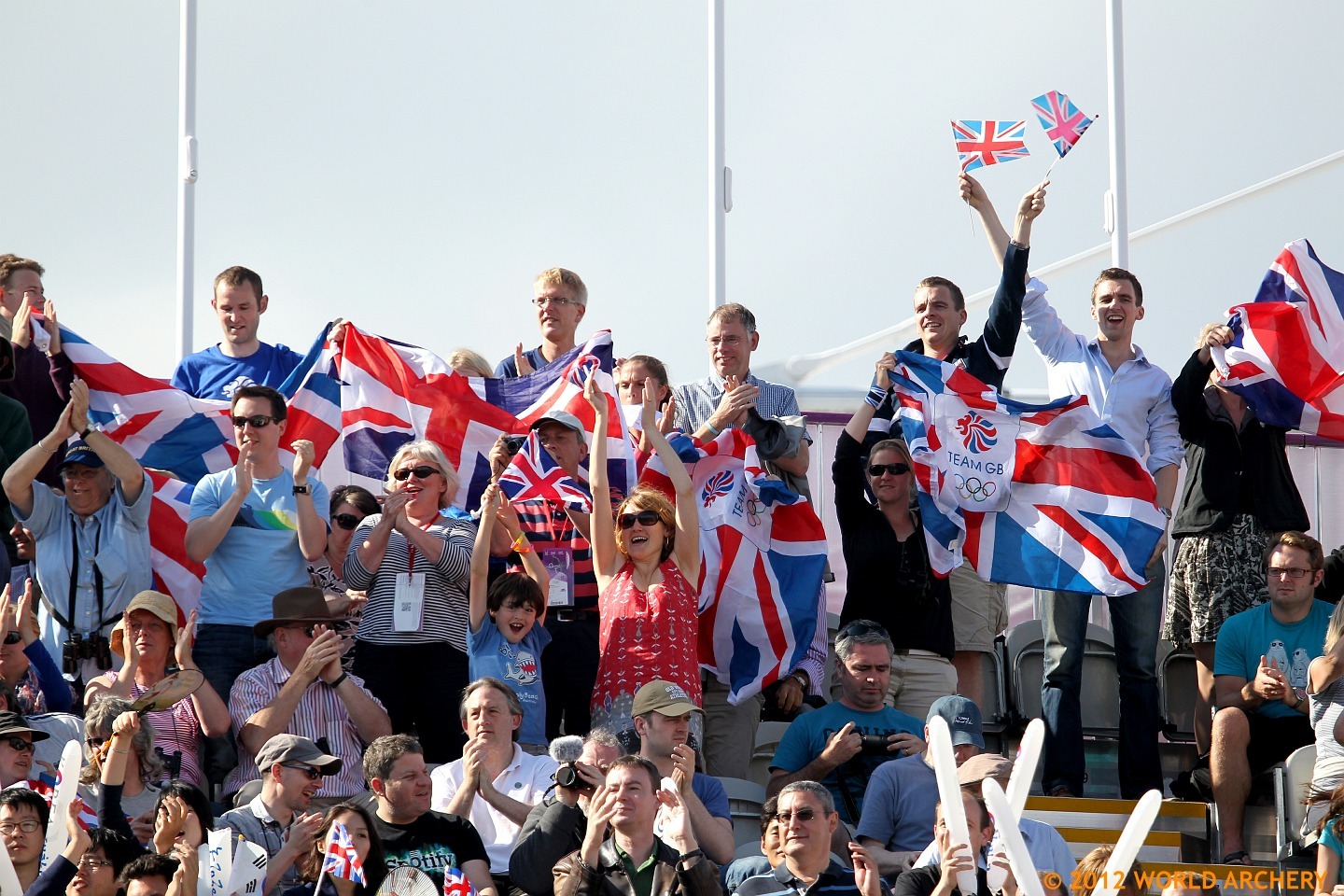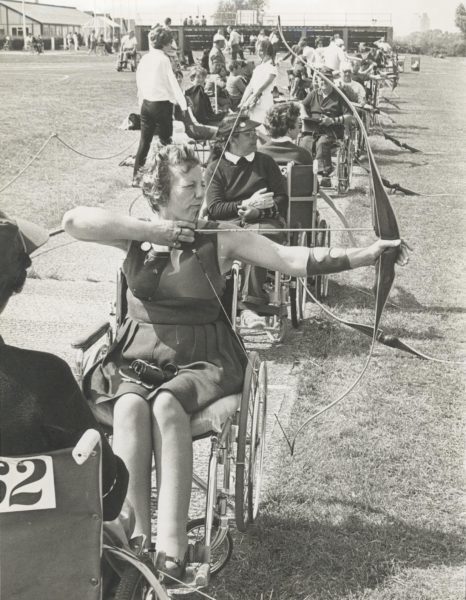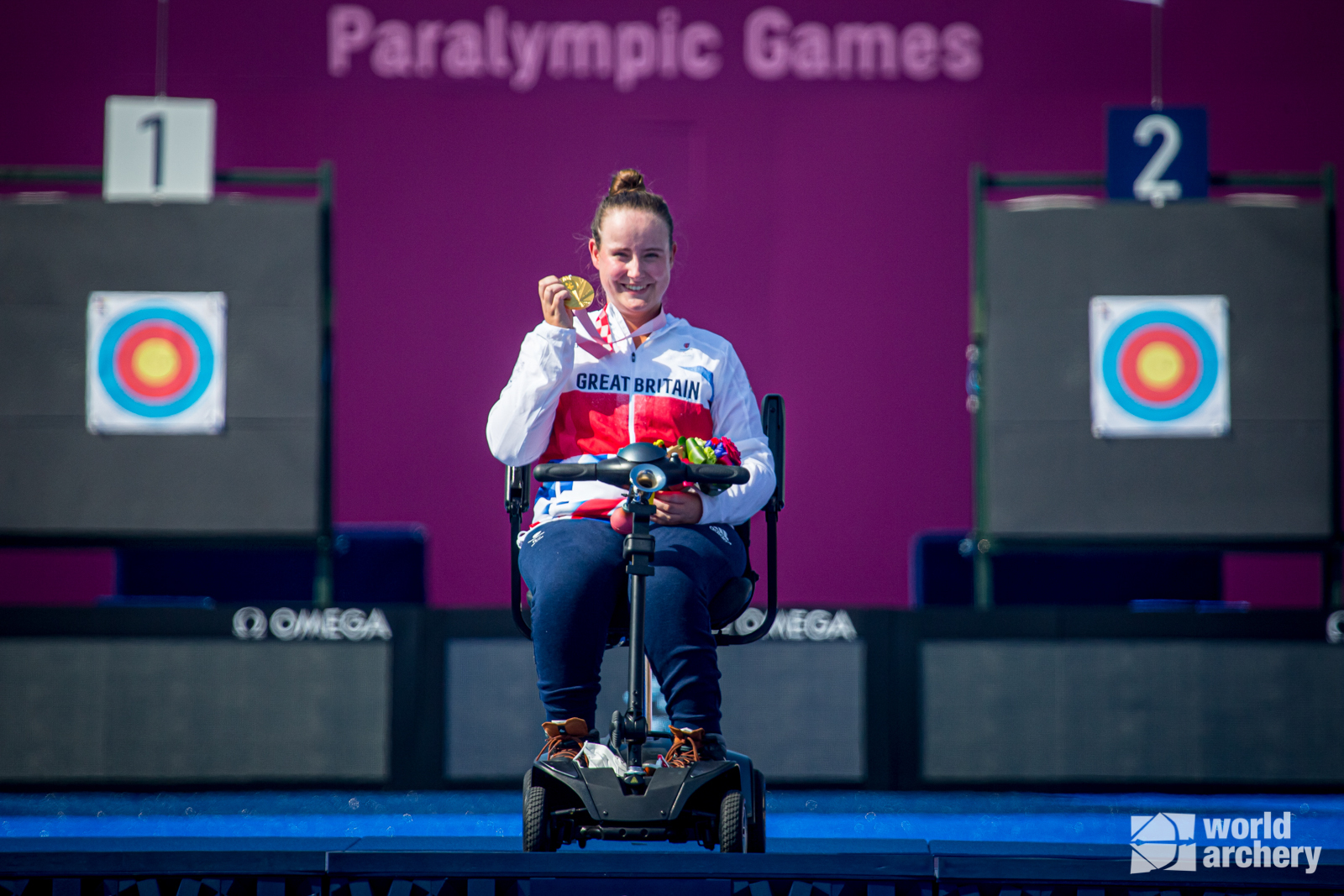Archery is a highly accessible activity and para archery was one of the original Paralympic sports.
Para archery is one of the sports with the most similarity to its non-disabled counterpart and disabled archers can compete in both the Olympics and Paralympics as long as they meet the qualification criteria. Para archers may use their assistive devices to level the playing field against their non-disabled competitors.
Paralympic archery consists of shooting categories for W1, compound open and recurve open.

Disabled archers may use assistive devices in their shooting, including release aids, mouth tabs, stools and wheelchairs, to level the playing field. Classified athletes may also compete with non-disabled athletes in target archery events using their assistive devices.
Visually impaired archers are split into two categories depending on the level of their impairment, and less impaired athletes must wear blindfolds during competitions. Visually impaired athletes shoot over a distance of 30m using tactile sights to aim and can have an assistant to help with loading arrows and scoring.

Classification in all para sport is based on the International Paralympic Committee (IPC) definition of disability and decisions relating to the types of disability allowed in sport. World Archery (WA) have applied the IPC principles to create the international classification framework. The UK classifications completed by Archery GB (AGB) classifiers are based as closely as possible on the WA framework with the aim that any GB archer who progresses to international classification should be allocated to the same sport class as their national classification.
Archery is one of the most accessible and inclusive sports and classification is only required for those aiming to set UK or world records or aspiring to join the para team. Classification determines whether an archer can use assistive devices and groups athletes by the level of their disability to promote fairness in competition.
Para-archery features three primary classification categories: Recurve Open, Compound Open, and W1. Athletes in the Open categories often have impairments affecting one side or either the top or bottom half of their bodies and typically maintain core muscle function. Recurve Open archers compete at 70 metres, shooting at a 122-centimetre target, with ranking rounds followed by elimination matches using a set system. In the Compound Open category, archers shoot at 50 metres at an 80-centimetre target, progressing through cumulative scoring elimination rounds.
The W1 category is for athletes with more severe impairments affecting at least three limbs, the torso, and both upper and lower body function. W1 archers can use either recurve or compound bows with restrictions, such as a 45lb draw weight limit and no magnified or peep sights. They shoot at a target 50 metres away, with cumulative scoring determining elimination match results.
The classification process begins with archers completing an intake form here, about their disability and archery experience. Afterward, they meet online with a classifier to discuss next steps, including the potential need for a face-to-face assessment. You can find additional information by watching the classification videos below:
If it is identified that you are unable to be classified, you can still enjoy archery and enter all UK based tournaments run under the authority of Archery GB. This includes using adaptive aids to shoot everything from your local club competition, the Archery GB Disability Championships through to county championships and the national tour.

Archery was used as a rehabilitation activity for injured world war veterans by Dr Ludwig Guttmann at Stoke Mandeville Hospital in the 1940s.
Guttmann, a Jewish doctor who escaped Nazi Germany in 1939, worked with ex-servicemen using revolutionary techniques to rehabilitate and show them that life could still be lived and enjoyed. He began by organising games of wheelchair polo and basketball - for men who had previously been told they would never get out of bed again, Guttman was life changing!
Archery, requiring only upper body strength and allowing Guttman’s patients to compete against non-disabled athletes, proved incredibly popular.
Bob Paterson, a senior member of the International Wheelchair and Amputee Sports federation (IWAS), said:
“After injury Guttmann focussed an individual’s mind on what they can do rather than regretting what they can no longer do. Through sport Guttmann gave that person back the will to live a full life with pride and self-respect.”
On 28 July 1948 the Olympic Games opened in London. On the same day, Guttmann
hosted the first annual Stoke Mandeville Games. 14 men and two women, all with spinal injuries, competed in wheelchairs – the highlight being the archery competition. By 1950 there were 60 competitors from across England, competing in archery, javelin and netball.
Guttman is now regarded as the founder of the Paralympic movement, and when a Dutch team participated in 1952, the foundations were laid for an international event.
The first Paralympic Games was in Rome in 1960 and featured archery which has remained on the programme ever since.

How Archery GB supports athletes to follow their goals in performance archery